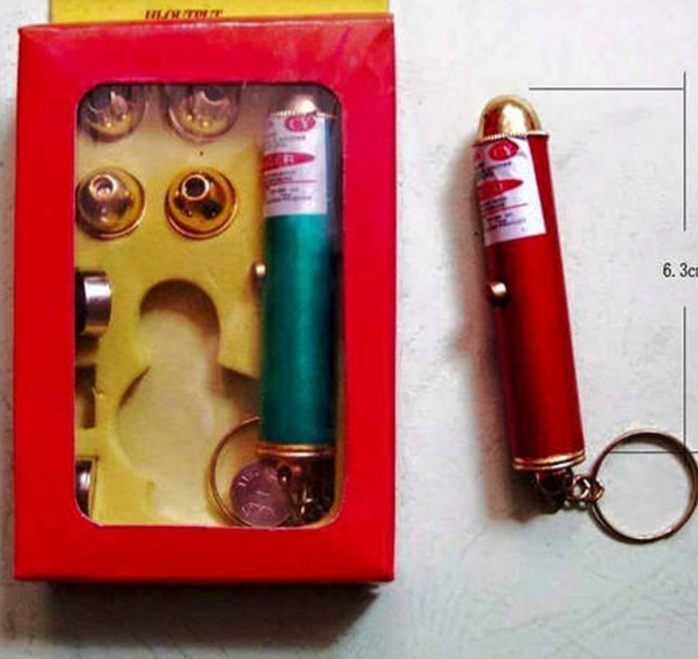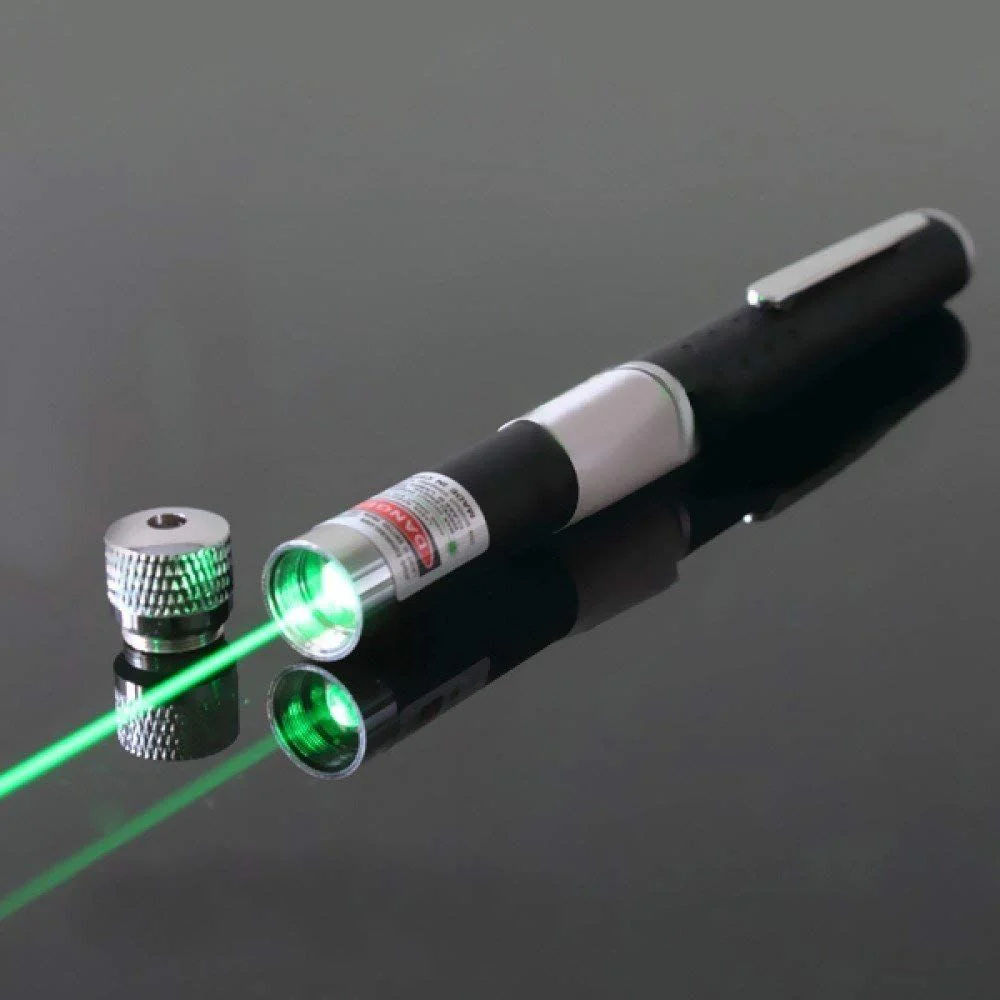If you remember playing with toy laser lights as a kid, you probably had an amazing childhood! These playful beams of light have been a favorite among kids for decades. Whether you used them to create patterns on the wall, pretend to be a Jedi, or even play with a pet, toy lasers brought magic into everyday play. But how do these little gadgets work? Are they truly safe? Let’s break down everything you need to know about children’s toy laser lights.

What Are Children’s Toy Laser Lights?
Children’s toy laser lights are handheld devices that emit a focused beam of light. They can produce various patterns, colors, and even shapes. Often used for playful activities like tracing shapes or creating optical illusions, these toys can transform a dull room into a vibrant, animated space. But what exactly makes them so captivating?
- Light Source: The toys use either a laser diode or an LED to generate light. Laser diodes create more focused beams, while LEDs often generate broader patterns, making them safer and more kid-friendly.
- Projector Lenses: Many toy lasers come with lenses that can be rotated or switched to alter the beam’s shape, giving children a more interactive experience.
- Power Supply: Most of these toys run on batteries, making them portable and easy to use anywhere.
While they may seem simple, the science behind these toys is both fascinating and more complex than it appears.
Why Toy Laser Lights Were So Popular
There’s a reason why toy laser lights became an iconic part of many people’s childhoods. Think of all the times you mimicked scenes from your favorite sci-fi movies or used the beams to make shadow puppets on the wall. For many, toy lasers were the gateway to hours of creative play.
- Sci-Fi Fantasy: Thanks to movies like “Star Wars,” kids loved the idea of wielding a “lightsaber.” Toy lasers allowed children to recreate these epic battles in their living rooms.
- Interactive Learning: These toys helped children learn shapes, numbers, and letters in a fun and engaging way, combining playtime with education.
- Multi-Use: Beyond the playroom, toy lasers were used as night lights, providing a calming ambiance with gentle, colorful beams projecting patterns onto ceilings and walls.
The joy of toy lasers wasn’t just in their bright beams—it was in the endless possibilities for creative play.
The Safety Concerns: How Dangerous Are Toy Laser Lights?
Despite the joy they bring, toy laser lights come with potential risks. While they’re designed with low power to ensure safety, improper use can lead to accidents, particularly with eyes.

- Eye Safety Risks: The concentrated light from lasers, even in toys, can be hazardous if aimed directly at someone’s eyes. The U.S. Food and Drug Administration (FDA) emphasizes that lasers can cause serious eye injuries, sometimes even leading to blindness.
- Delayed Eye Damage: One concerning factor is that laser-induced eye injuries often don’t cause immediate pain, which means vision damage might not be noticed right away.
- Reflective Hazards: Laser beams can also be dangerous when they hit reflective surfaces, such as mirrors, metal objects, or glass. The light bounces off and can still cause eye harm to anyone in the room.
- Laser Pointers vs. Toys: Handheld laser pointers, often used for presentations, are not toys and should never be treated as such. Unlike toy lasers, these pointers have higher power and can be more dangerous when mishandled.
FDA’s Role in Regulating Laser Toys
The FDA has taken steps to ensure the safety of children’s toy laser lights. They regulate radiation-emitting products and set strict guidelines for toys.
- Class 1 Standards: For minimal risk, the FDA advises that laser toys should not exceed Class 1 radiation levels, which are deemed safe for general use.
- Safety Labeling: Parents should look for “Class 1 Laser Product” labels on toys, indicating that the product meets safety standards.
- Avoid High-Powered Lasers: Consumers are encouraged not to purchase laser toys that exceed 5mW of power, as these are more dangerous and can cause immediate damage.
The FDA’s regulations help ensure that toy laser lights remain a fun and safe option for kids.
Fun Ways to Use Toy Laser Lights

While safety is crucial, these toys still offer plenty of fun when used correctly! Here are some exciting ways to make the most of toy laser lights:
- Night Lights: Project calming patterns onto walls and ceilings, creating a peaceful atmosphere for kids to fall asleep to.
- Interactive Games: Use the laser to trace shapes, letters, or numbers, turning learning into a playful experience.
- Pet Play: Cats and dogs often love chasing laser beams, making for hours of amusement with your furry friends.
When used responsibly, toy lasers can be both entertaining and educational.
Conclusion: Reliving Childhood Magic Safely
Toy laser lights have been a symbol of childhood creativity, bringing light and excitement into homes for generations. While they’re packed with fun and potential for imaginative play, it’s important to remember the safety aspects associated with their use. Understanding the mechanics, safety tips, and ways to enjoy these toys responsibly ensures they remain a beloved part of childhood memories.
So, if you know this classic toy, you truly had a fantastic childhood! Enjoy the nostalgia, but remember to keep the beams safe and fun.

